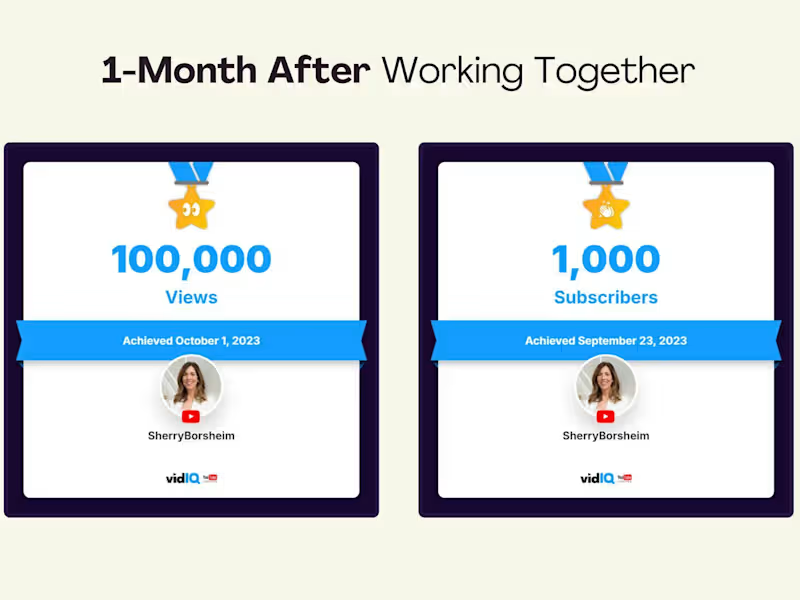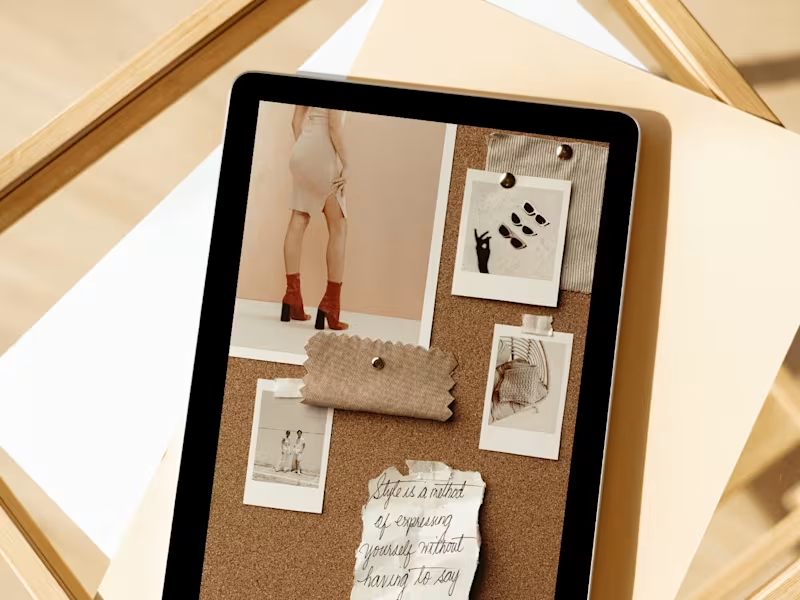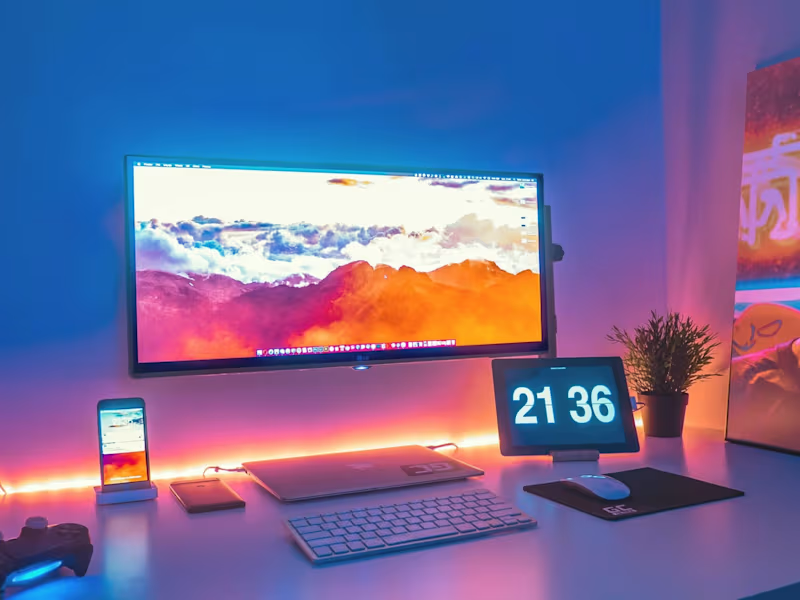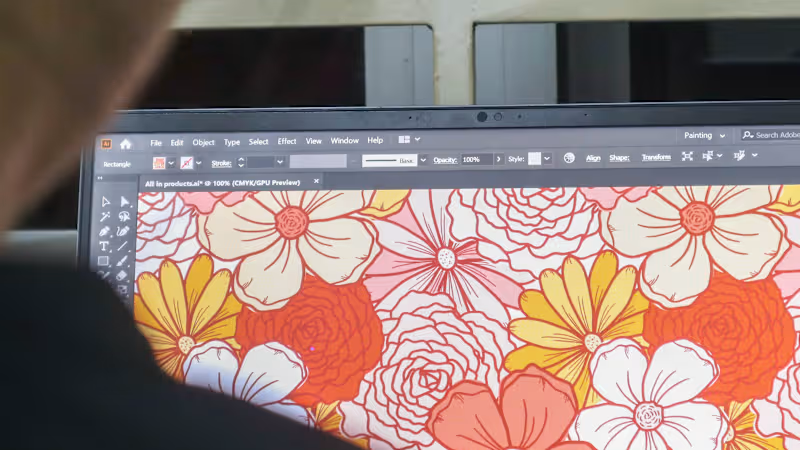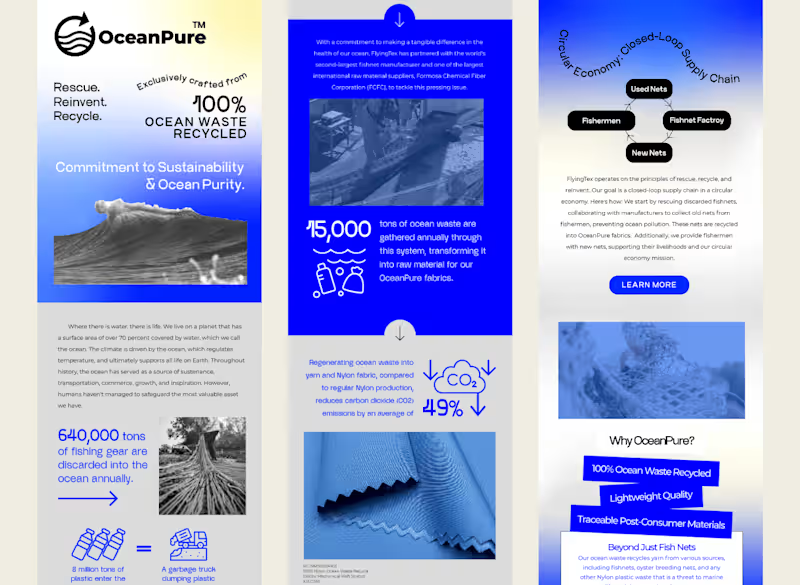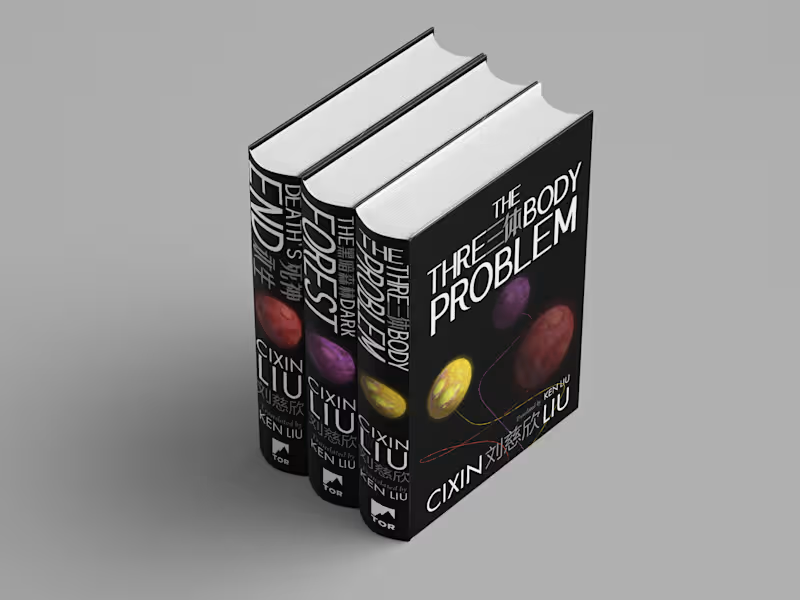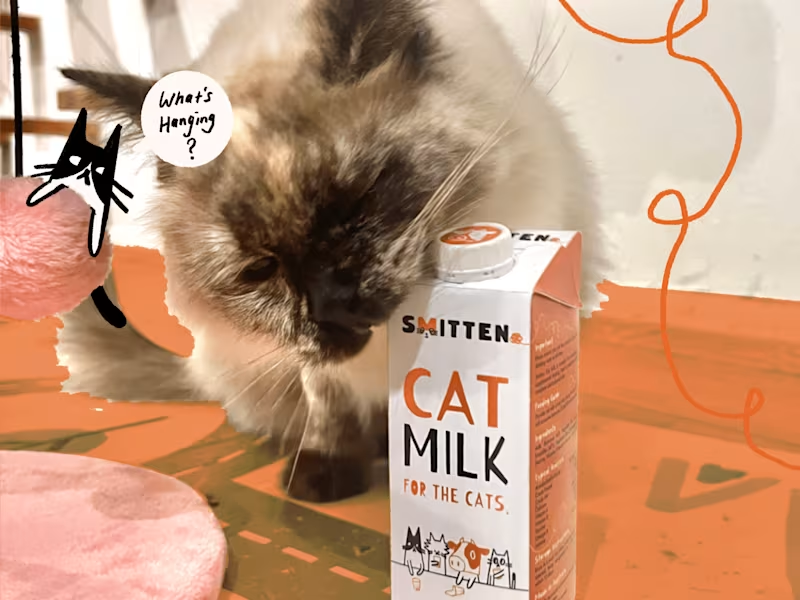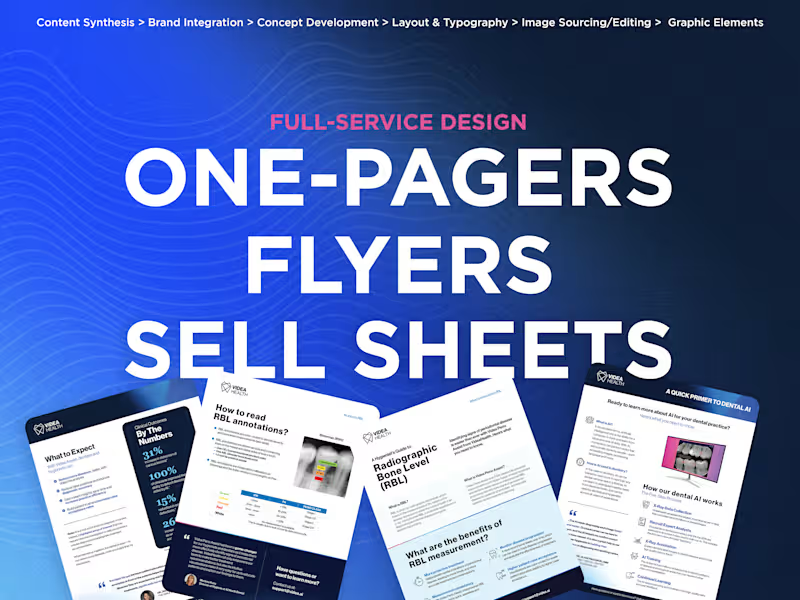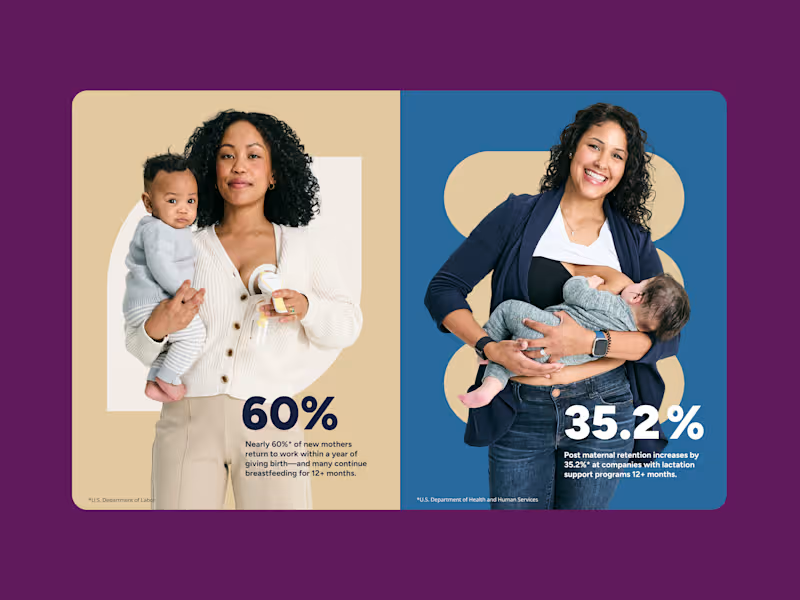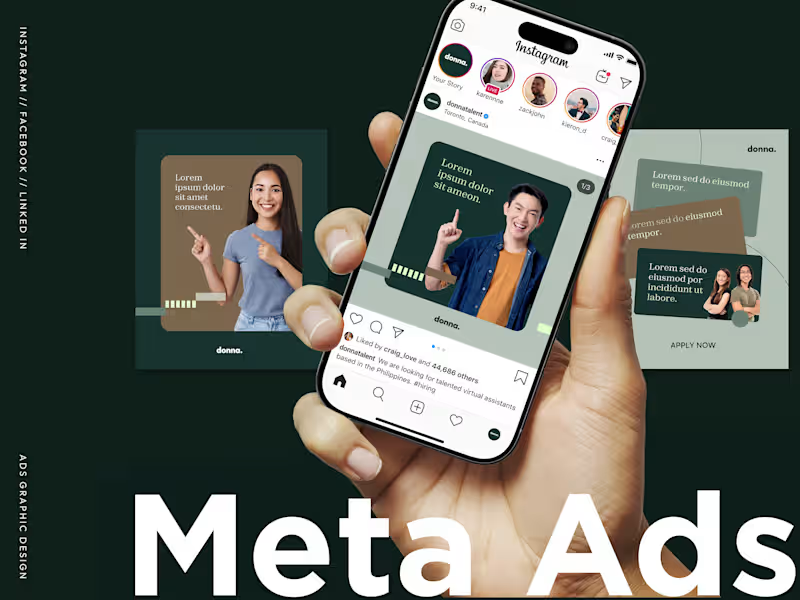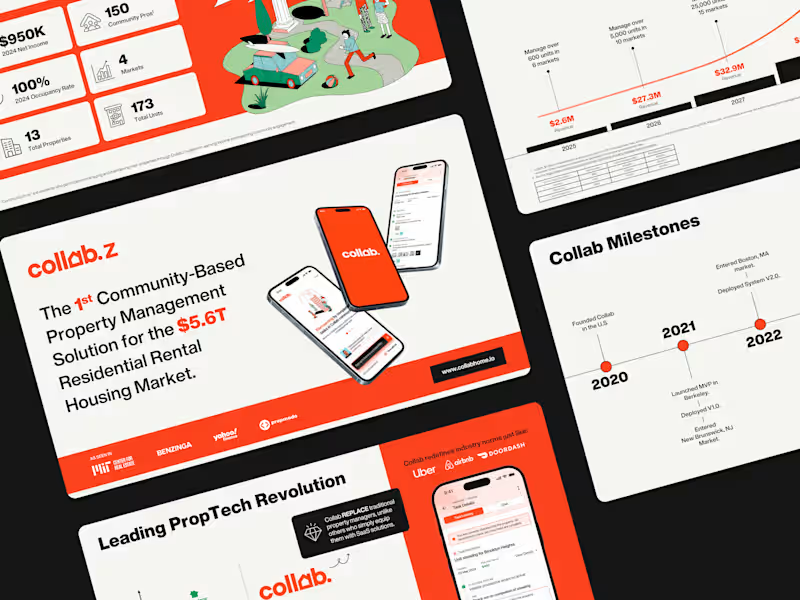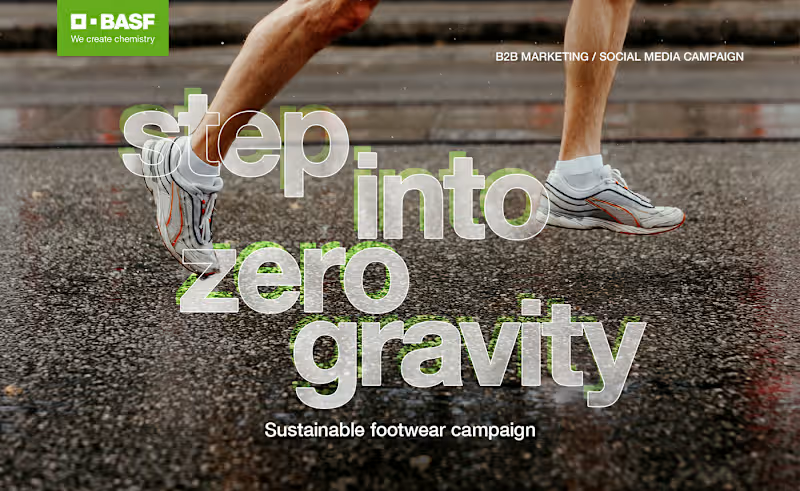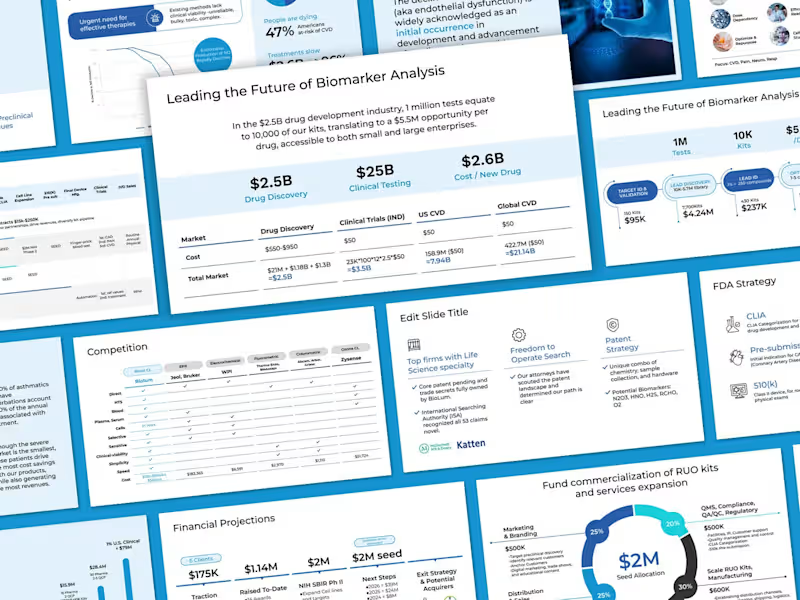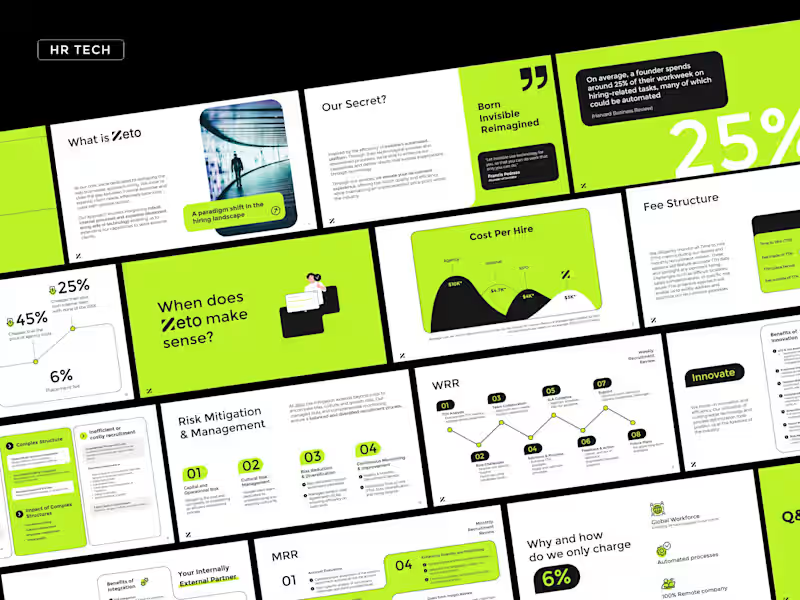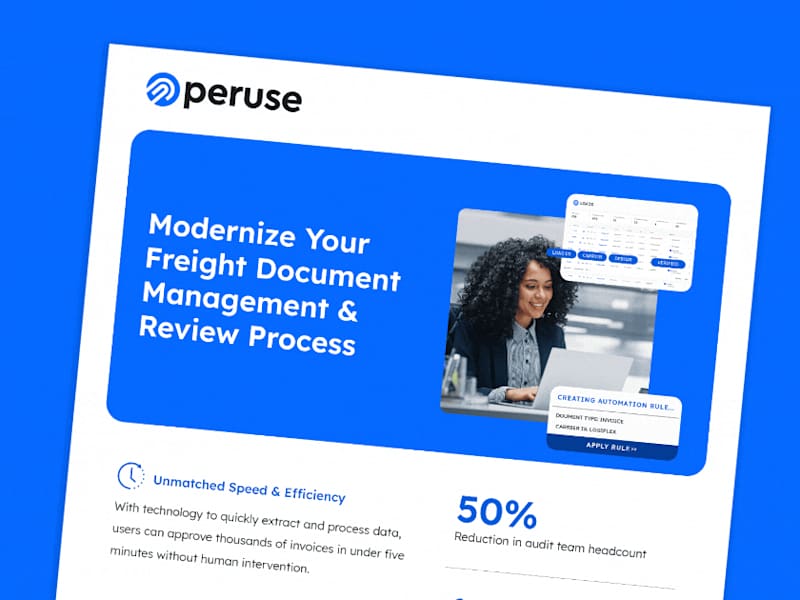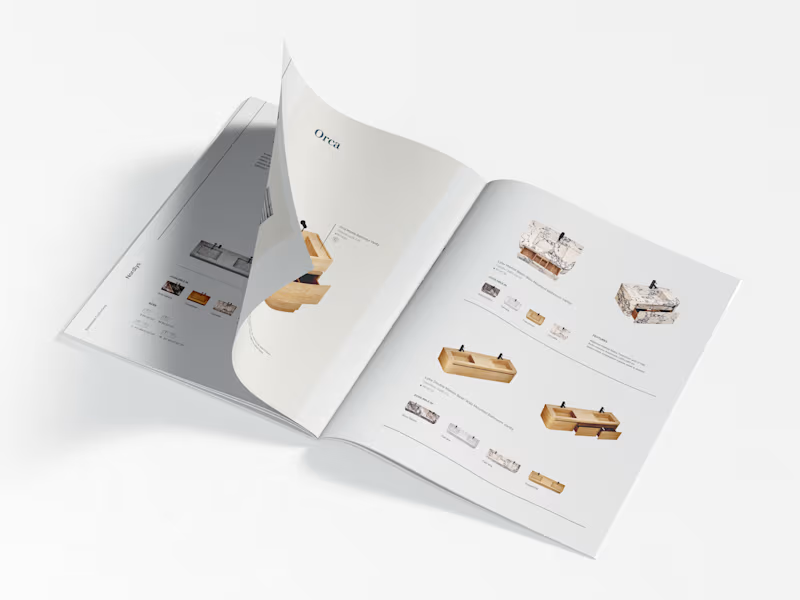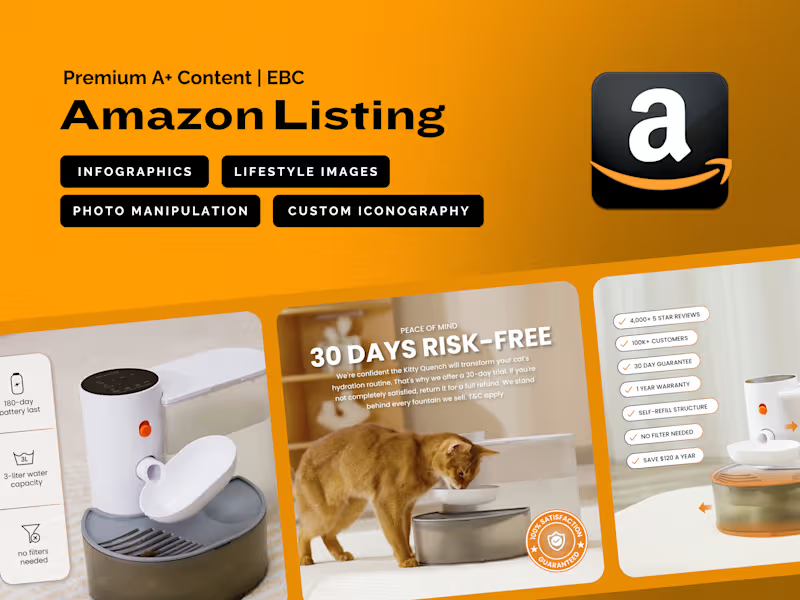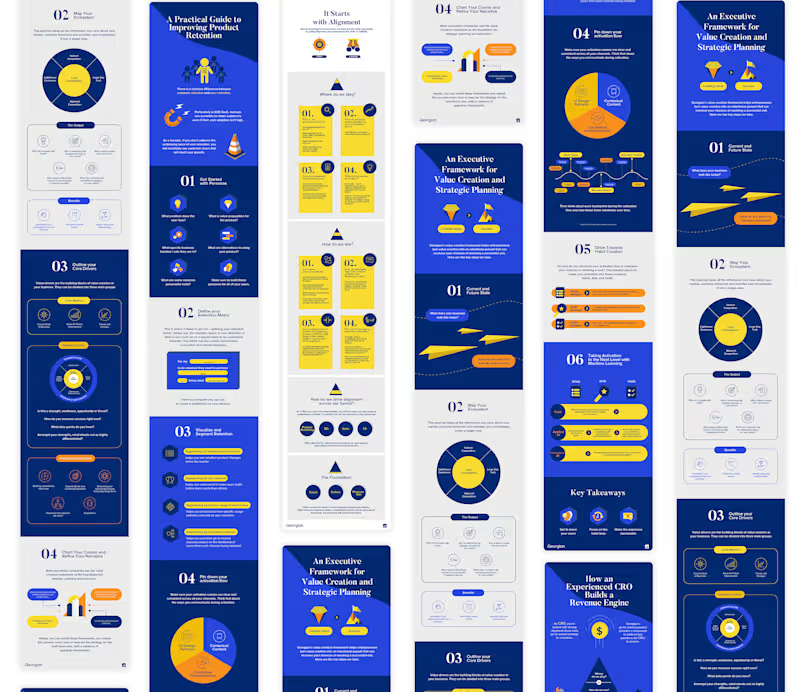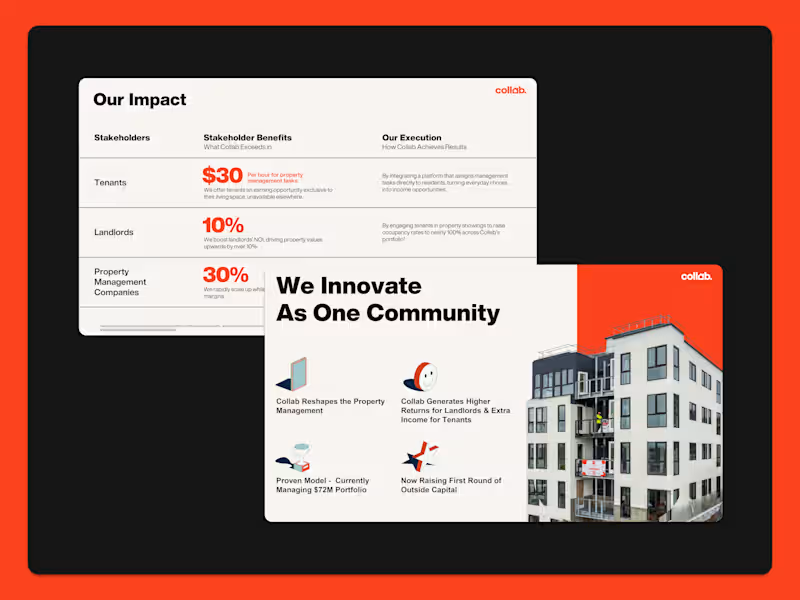What should I include in my project brief for an infographic designer on Contra?
A project brief helps the designer understand your needs. Include details about your company and the project's main objectives. Describe the style and format you want for the infographic. List any data, information, or imagery you want included. Clear instructions will help the designer create the best result for you.
How do I know if the designer has the right experience?
Check the designer's portfolio to see their past work. Look for similar projects that match your needs. If they have experience with diverse styles, it's a good sign they can adapt to your request. Also, take note of any client reviews they have received on Contra. This helps gauge their reliability and creative ability.
What should I discuss in the first meeting with the infographic designer?
Talk about your project goals and vision. Explain how the infographic will be used, whether online, in print, or both. Discuss the timeline and milestones to ensure your project stays on track. Share any brand guidelines or specific colors you want to be used. This ensures the designer creates something that aligns with your brand.
How can I make sure we agree on deliverables?
List all components you expect from the infographic. This includes drafts, final files, and any revisions. Agree on the file formats needed, such as JPG, PNG, or PDF. Make sure both you and the designer understand the scope of work. Clear agreements prevent misunderstandings later on.
What's important to discuss about timelines with the designer?
Be clear about when you need the infographic completed. Discuss any important deadlines that will influence the design process. Agree on turnaround times for drafts and revisions. Understanding each other's schedule helps manage expectations. This ensures the project progresses smoothly.
How should I handle feedback and revisions with the designer?
Set clear guidelines on how many revisions are included in the project. Be specific with feedback to help the designer improve the infographic. This can mean pointing out what you like and what needs changes. Timely and clear communication makes the process easier. Mutual understanding results in a better final product.
Why is it important to talk about the use of images and data?
Images and data are the core of an infographic. Ensure the designer knows what data is essential to include. Discuss where the images will come from and if you need to provide them. Copyright and image usage rights are important to cover. This avoids any legal issues with the completed work.
What should I check when reviewing the final infographic?
Ensure the infographic matches your brand's style. Check if all the data is accurately represented. Review if the text, images, and layout are clear and engaging. Verify that the final files meet agreed specifications. A thorough review ensures you get a product that meets your expectations.
What makes setting milestones beneficial?
Milestones help track progress and keep the project on time. They provide checkpoints to review drafts and make adjustments. This helps ensure the project stays aligned with your goals. Regular check-ins through milestones build confidence in the final outcome. It also makes the designer feel more organized in delivering the work.
Who is Contra for?
Contra is designed for both freelancers (referred to as "independents") and clients. Freelancers can showcase their work, connect with clients, and manage projects commission-free. Clients can discover and hire top freelance talent for their projects.
What is the vision of Contra?
Contra aims to revolutionize the world of work by providing an all-in-one platform that empowers freelancers and clients to connect and collaborate seamlessly, eliminating traditional barriers and commission fees.





- $10k+
- Earned
- 13x
- Hired
- 4.8
- Rating
- 45
- Followers




























